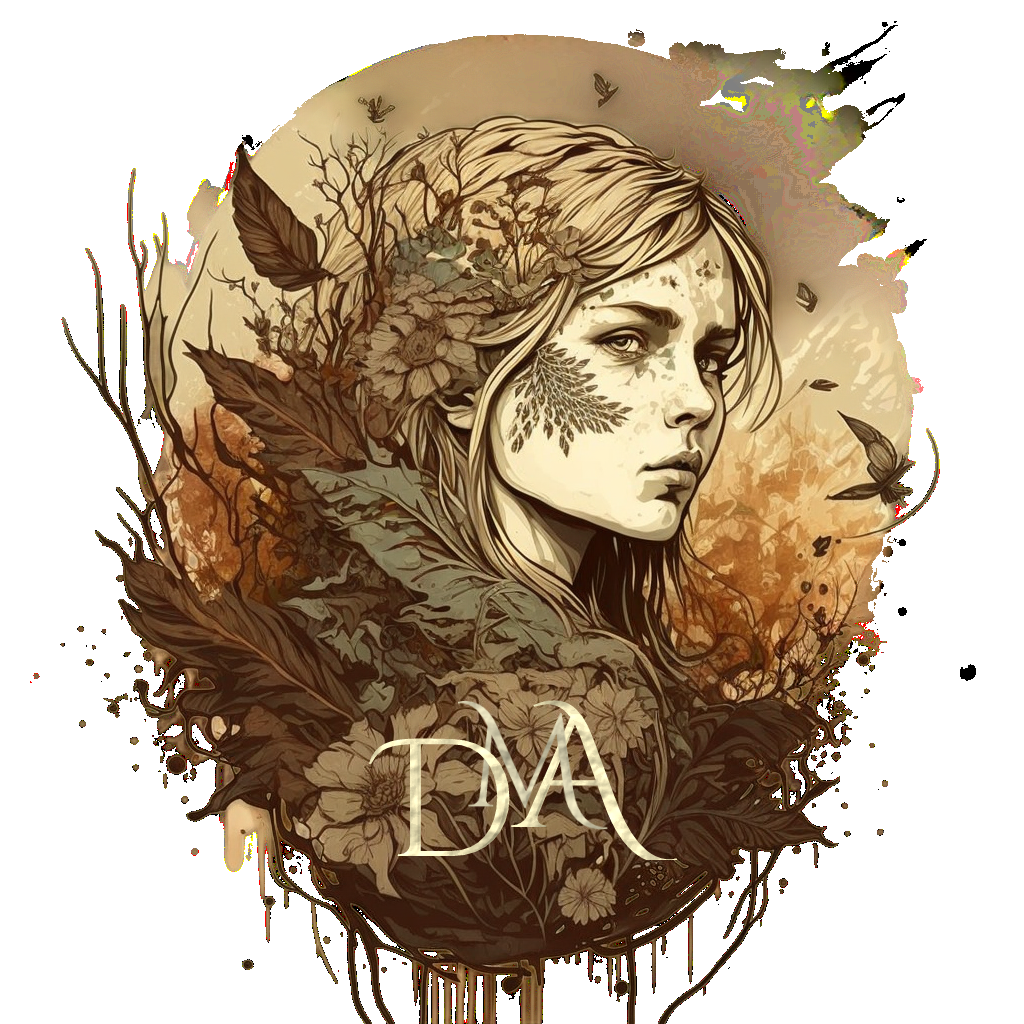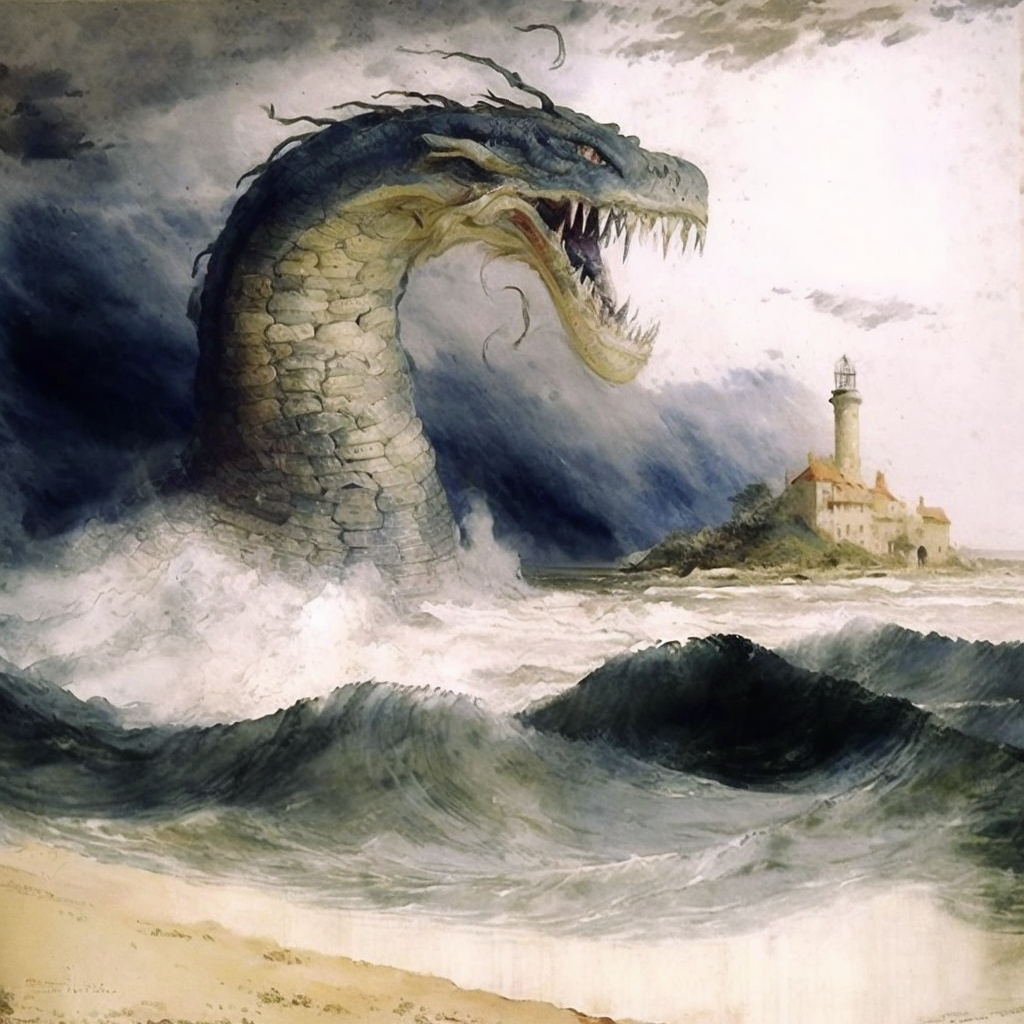“The peculiar quality of the ‘joy’ in successful Fantasy can thus be explained as a sudden glimpse of the underlying reality of truth.”
Since my childhood, I've had an interest in myth, folklore, folk tales, and even legends — not in the mythos of the exotic and classical cultures, but rather in that of the Celtic, Norse, and, most recently, Slavic (aka Slavonic). I have an entire bookshelf on Irish mythology (sat below my equally large Tolkien bookshelf). My first novel, The Serpent in the Glass, published in 2011, was a middle-grade modern "wizarding school" fantasy that took much inspiration from Irish myth (mingled with some Scottish and English folk tales).
When we weave myth into our stories, we infuse it with something that pre-exists in the culture of a people. It is thus rooted in our identity and that means people can relate to it — just like history.
A work perhaps every fantasy author should read is J.R.R. Tolkien's On Fairy-Stories, quoted above. In it, he speaks of subcreation (today we call this world-building) being an act of divine creation or as near to it as man may attain in this life.
As an author I like my readers to enjoy both the world and the story I subcreate. And I like to bring into being such places and tales that I enjoy. It is said we write what we would like to read (a truth sorely tested in the editing phase!), and I like to read stories I can identify with in some way — and myth and folklore often provide that link to that "underlying reality" rooted in our myths.
Notes
— opening quotation from On Fairy-Stories, pp. 64, Tree and Leaf, by J.R.R. Tolkien.
— image of Mester Stoor Worm, from Visions of Alba by DM Andrews.



Comments ()